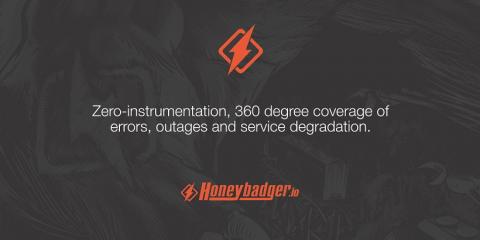Addressing Common Institutional Onboarding Challenges in Financial Services
For financial services organizations, onboarding institutional clients is challenging. The process is complex and made even more so by increasingly distributed and decentralized work, which compromises visibility and transparency and makes connectedness difficult. It also introduces a high degree of risk, as manual processes expose organizations to errors and inconsistencies.










